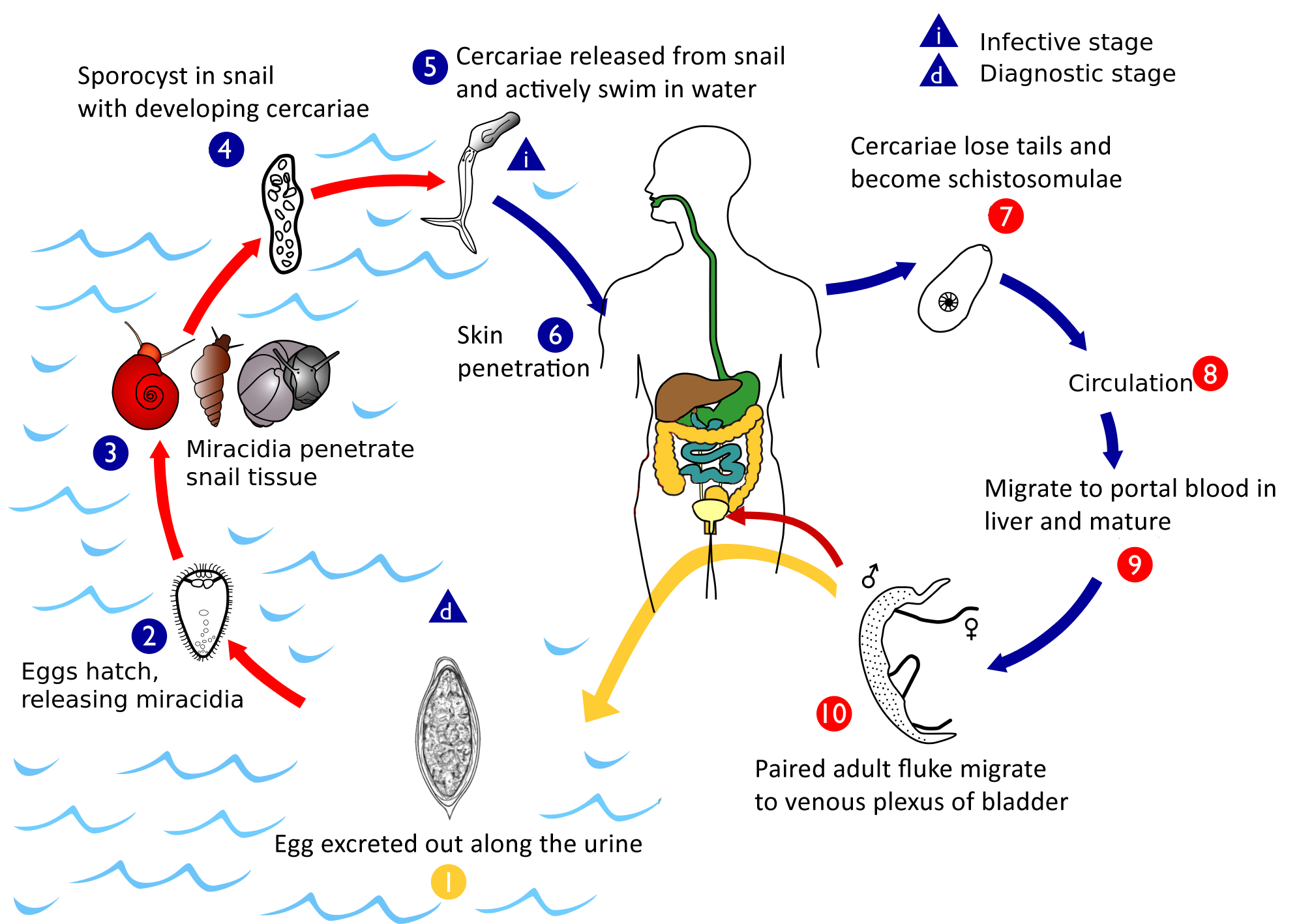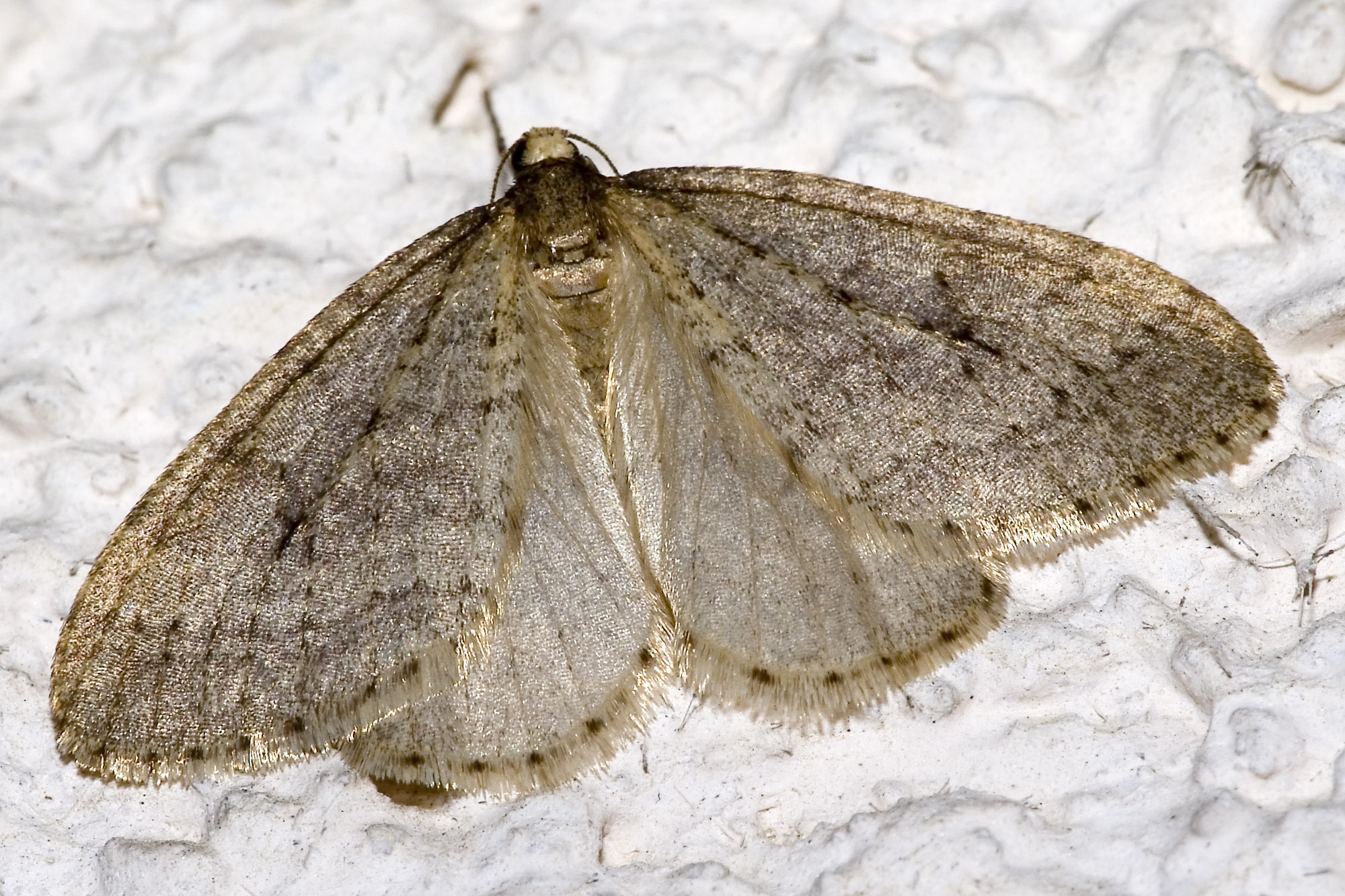|
Bulinus Nasutus
''Bulinus nasutus'' is a species of tropical freshwater snail with a sinistral shell, an aquatic gastropod mollusk in the family Planorbidae, the ramshorn snails and their allies. Subspecies * ''Bulinus nasutus nasutus'' * ''Bulinus nasutus productus'' Mandahl-Barth, 1960 Distribution The distribution of ''Bulinus nasutus'' includes three countries in East Africa: * Kenya * Tanzania including Zanzibar and Pemba IslandBrown D. S. (1994). ''Freshwater Snails of Africa and their Medical Importance''. Taylor & Francis. . * Uganda Type locality is Bagamoyo, now in Tanzania. Description The width of the shell is 12 mm. The height of the shell is 25 mm. The diploid chromosome number is 2n = 36. Ecology ''Bulinus nasutus'' lives in temporary pools, ditches and burrow-pits. High concentration of chloride (468-2220 ppm Cl) have been found in pools inhabited by ''Bulinus nasutus'' in Tanzania. ''Bulinus nasutus'' can aestivate in the dry mud for about 5–8 month ... [...More Info...] [...Related Items...] OR: [Wikipedia] [Google] [Baidu] |
Eduard Von Martens
Eduard von Martens (18 April 1831 – 14 August 1904) also known as ''Carl'' or ''Karl Eduard von Martens'', was a German zoologist. Born in Stuttgart in 1831, von Martens attended university in University of Tübingen, Tübingen, where he graduated in 1855. He then moved to Berlin, where he would be based for the remainder of his career, both at the Zoological Museum of the Berlin University (from 1855) and, from 1859 on, at the . In 1860, he embarked on the ''Thetis'' expedition of the Prussian expedition to Eastern Asia. When the expedition returned to Europe in 1862, von Martens continued to travel around Maritime Southeast Asia for 15 months. He published the results of the "Thetis" expedition in two volumes, constituting the Zoologischer Theil of the "Preussische Expedition nach Ost-Asien." Vol. ii, consisting of 447 pages and 22 plates, contained a very full account of the land molluscs. Back in Berlin, von Martens was curator of the malacological and other invertebrate ... [...More Info...] [...Related Items...] OR: [Wikipedia] [Google] [Baidu] |
Chromosome Number
Ploidy () is the number of complete sets of chromosomes in a cell, and hence the number of possible alleles for autosomal and pseudoautosomal genes. Sets of chromosomes refer to the number of maternal and paternal chromosome copies, respectively, in each homologous chromosome pair, which chromosomes naturally exist as. Somatic cells, tissues, and individual organisms can be described according to the number of sets of chromosomes present (the "ploidy level"): monoploid (1 set), diploid (2 sets), triploid (3 sets), tetraploid (4 sets), pentaploid (5 sets), hexaploid (6 sets), heptaploid or septaploid (7 sets), etc. The generic term polyploid is often used to describe cells with three or more chromosome sets. Virtually all sexually reproducing organisms are made up of somatic cells that are diploid or greater, but ploidy level may vary widely between different organisms, between different tissues within the same organism, and at different stages in an organism's life cycle. Half ... [...More Info...] [...Related Items...] OR: [Wikipedia] [Google] [Baidu] |
Journal Of Natural History
The ''Journal of Natural History'' is a scientific journal published by Taylor & Francis focusing on entomology and zoology. The journal was established in 1841 under the name ''Annals and Magazine of Natural History'' (''Ann. Mag. Nat. Hist.'') and obtained its current title in 1967. The journal was formed by the merger of the ''Magazine of Natural History'' (1828–1840) and the ''Annals of Natural History'' (1838–1840; previously the ''Magazine of Zoology and Botany'', 1836–1838) and '' Loudon and Charlesworth's Magazine of Natural History''. In September 1855, the ''Annals and Magazine of Natural History'' published "On the Law which has Regulated the Introduction of New Species", a paper which Alfred Russel Wallace had written while working in the state of Sarawak on the island of Borneo in February of that year. [...More Info...] [...Related Items...] OR: [Wikipedia] [Google] [Baidu] |
Reports Of The East African Institute For Medical Research
A report is a document that presents information in an organized format for a specific audience and purpose. Although summaries of reports may be delivered orally, complete reports are almost always in the form of written documents. Usage In modern business scenario, reports play a major role in the progress of business. Reports are the backbone to the thinking process of the establishment and they are responsible, to a great extent, in evolving an efficient or inefficient work environment. The significance of the reports includes: * Reports present adequate information on various aspects of the business. * All the skills and the knowledge of the professionals are communicated through reports. * Reports help the top line in decision making. * A rule and balanced report also helps in problem solving. * Reports communicate the planning, policies and other matters regarding an organization to the masses. News reports play the role of ombudsman and levy checks and balances on the ... [...More Info...] [...Related Items...] OR: [Wikipedia] [Google] [Baidu] |
Parasitology (journal)
''Parasitology'' is a peer-reviewed scientific journal covering the area of parasitology, including the biochemistry, molecular biology, genetics, ecology and epidemiology of eukaryotic parasites, and the relationship between the host and the parasite. It was established in 1908 and is published fourteen times a year by Cambridge University Press. The editor-in-chief is John Russell Stothard (Liverpool School of Tropical Medicine; from 2015). According to the ''Journal Citation Reports'', the journal has a 2017 impact factor of 2.511, ranking it 15th out of 37 journals in the category "Parasitology". Cambridge University Press announced that as of 3 October 2022, publishing would be switching to gold open access Open access (OA) is a set of principles and a range of practices through which research outputs are distributed online, free of access charges or other barriers. With open access strictly defined (according to the 2001 definition), or Gratis v .... Abstracting and ... [...More Info...] [...Related Items...] OR: [Wikipedia] [Google] [Baidu] |
Annals Of Tropical Medicine And Parasitology
''Pathogens and Global Health'' is a peer-reviewed medical journal published by Taylor & Francis. It covers tropical diseases, including their microbiology, epidemiology and molecular biology, as well as medical entomology, HIV/AIDS, malaria, and tuberculosis. The editor-in-chief is Andrea Crisanti (Imperial College London). History The journal was established by Sir Ronald Ross in 1906 as ''Annals of Tropical Medicine and Parasitology'' to share the results of the Liverpool School of Tropical Medicine's research and field expeditions. In May 2011, the journal was purchased by Maney Publishing, obtaining its current title in 2012, reflecting a broader focus including the biology, immunology, genetics, treatment, and control of pathogens of medical relevance beyond a regional definition. Abstracting and indexing The journal is abstracted and indexed in: According to the ''Journal Citation Reports'', the journal has a 2021 impact factor The impact factor (IF) or journal impac ... [...More Info...] [...Related Items...] OR: [Wikipedia] [Google] [Baidu] |
Schistosoma Haematobium
''Schistosoma haematobium'' (urinary blood fluke) is a species of digenetic trematode, belonging to a group (genus) of blood flukes (''Schistosoma''). It is found in Africa and the Middle East. It is the major agent of schistosomiasis, the most prevalent parasitic infection in humans. It is the only blood fluke that infects the urinary tract, causing urinary schistosomiasis, and is the leading cause of bladder cancer (only next to tobacco smoking). The diseases are caused by the eggs. Adults are found in the venous plexuses around the urinary bladder and the released eggs travels to the wall of the urine bladder causing haematuria and fibrosis of the bladder. The bladder becomes calcified, and there is increased pressure on ureters and kidneys otherwise known as hydronephrosis. Inflammation of the genitals due to ''S. haematobium'' may contribute to the propagation of HIV. ''S. haematobium'' was the first blood fluke discovered. Theodor Bilharz, a German surgeon working in Cair ... [...More Info...] [...Related Items...] OR: [Wikipedia] [Google] [Baidu] |
Schistosoma Bovis
''Schistosoma bovis'' is a two-host blood fluke, that causes intestinal schistosomiasis in ruminants in North Africa, Mediterranean Europe and the Middle East. ''S. bovis'' is mostly transmitted by ''Bulinus'' freshwater snail species. It is one of nine haematobium group species and exists in the same geographical areas as ''Schistosoma haematobium'', with which it can hybridise. ''S. bovis-haematobium'' hybrids can infect humans, and have been reported in Senegal since 2009, and a 2013 outbreak in Corsica. Taxonomy and identification ''Schistosoma bovis'' is a digenetic, two-host blood fluke. It was discovered by Italian parasitologist Prospero Sonsino at Zagazig meat market in Egypt in 1876 from a bull. It is generally similar to other schistosomes, but Sonsino knew that it was larger and its eggs were different from those of the human species (first and only known schistosome at the time), ''Schistosoma haematobium'', discovered by a German physician Theodor Bilharz in 1852, ... [...More Info...] [...Related Items...] OR: [Wikipedia] [Google] [Baidu] |
Intermediate Host
In biology and medicine, a host is a larger organism that harbours a smaller organism; whether a parasitic, a mutualistic, or a commensalist ''guest'' (symbiont). The guest is typically provided with nourishment and shelter. Examples include animals playing host to parasitic worms (e.g. nematodes), cells harbouring pathogenic (disease-causing) viruses, a bean plant hosting mutualistic (helpful) nitrogen-fixing bacteria. More specifically in botany, a host plant supplies food resources to micropredators, which have an evolutionarily stable relationship with their hosts similar to ectoparasitism. The host range is the collection of hosts that an organism can use as a partner. Symbiosis Symbiosis spans a wide variety of possible relationships between organisms, differing in their permanence and their effects on the two parties. If one of the partners in an association is much larger than the other, it is generally known as the host. In parasitism, the parasite benefits at the ... [...More Info...] [...Related Items...] OR: [Wikipedia] [Google] [Baidu] |
Population Dynamics
Population dynamics is the type of mathematics used to model and study the size and age composition of populations as dynamical systems. History Population dynamics has traditionally been the dominant branch of mathematical biology, which has a history of more than 220 years,Malthus, Thomas Robert. An Essay on the Principle of Population: Library of Economics although over the last century the scope of mathematical biology has greatly expanded. The beginning of population dynamics is widely regarded as the work of Malthus, formulated as the Malthusian growth model. According to Malthus, assuming that the conditions (the environment) remain constant ('' ceteris paribus''), a population will grow (or decline) exponentially. This principle provided the basis for the subsequent predictive theories, such as the demographic studies such as the work of Benjamin Gompertz and Pierre François Verhulst in the early 19th century, who refined and adjusted the Malthusian demographic model. ... [...More Info...] [...Related Items...] OR: [Wikipedia] [Google] [Baidu] |
Bulletin Of The World Health Organization
The ''Bulletin of the World Health Organization'' is a monthly public health journal published by the World Health Organization that was established in 1947. Articles are published in English and abstracts are available in Arabic, Chinese, English, French, Russian, and Spanish. It is open access journal and uses the Creative Commons 3.0 IGO license (specifically CC BY 3.0 IGO). History In 1999, under the Director-Generalship of Gro Harlem Brundtland (1998–2003), the ''Bulletin of the World Health Organization'' was given its current title, and subsumed two other WHO periodicals: the ''World Health Forum'', which published accounts of field work and was oriented towards primary health care, and the ''World Health Statistics Quarterly'' (journal abbreviation ''Wld hlth statist. quart.''; French: ''Rapport trimestriel de statistiques sanitaires mondiales'', journal abbreviation ''Rapp. trimest. statist. sanit. mond.''), which mainly published epidemiological data; the latter was ... [...More Info...] [...Related Items...] OR: [Wikipedia] [Google] [Baidu] |

.jpg)
